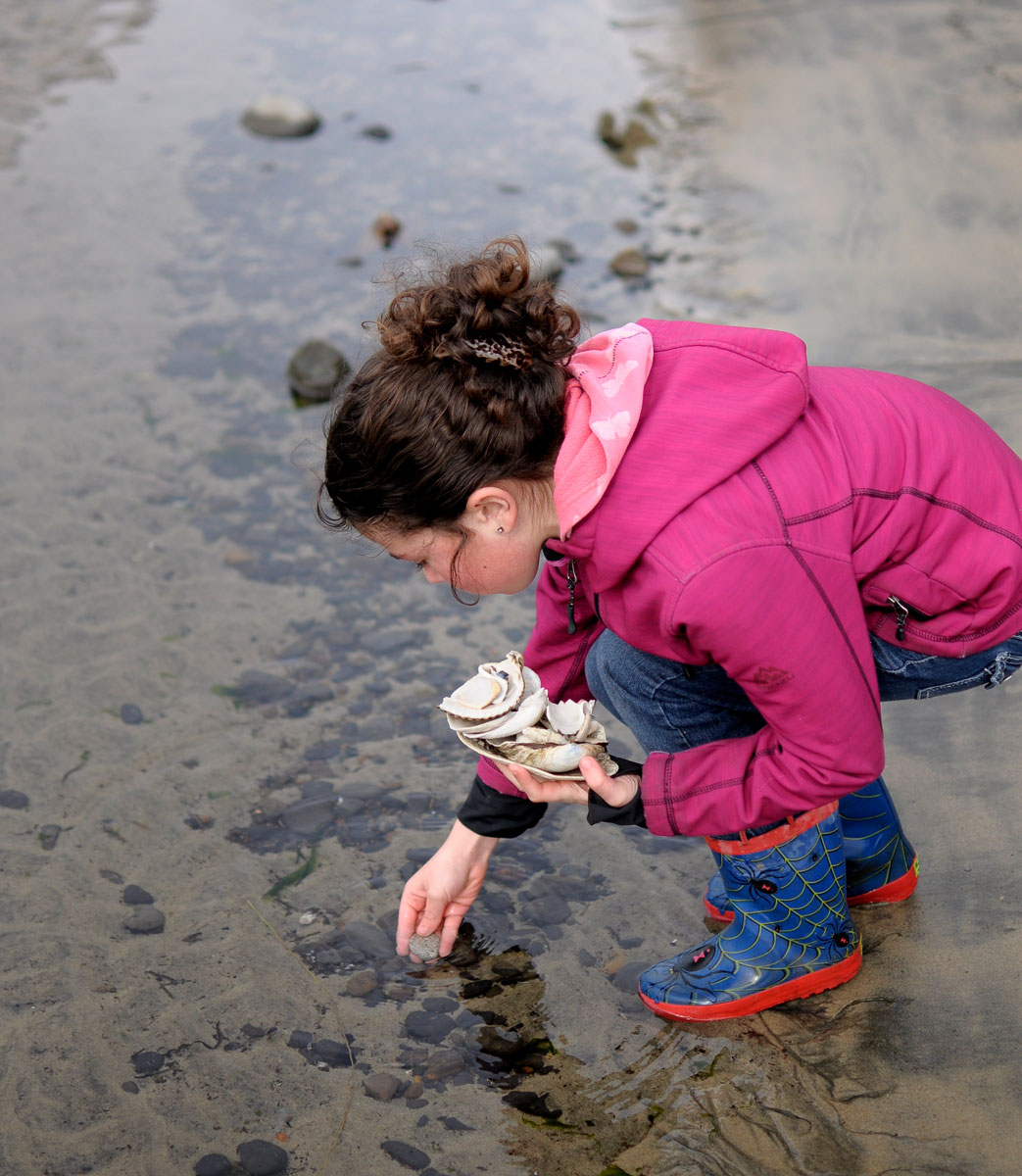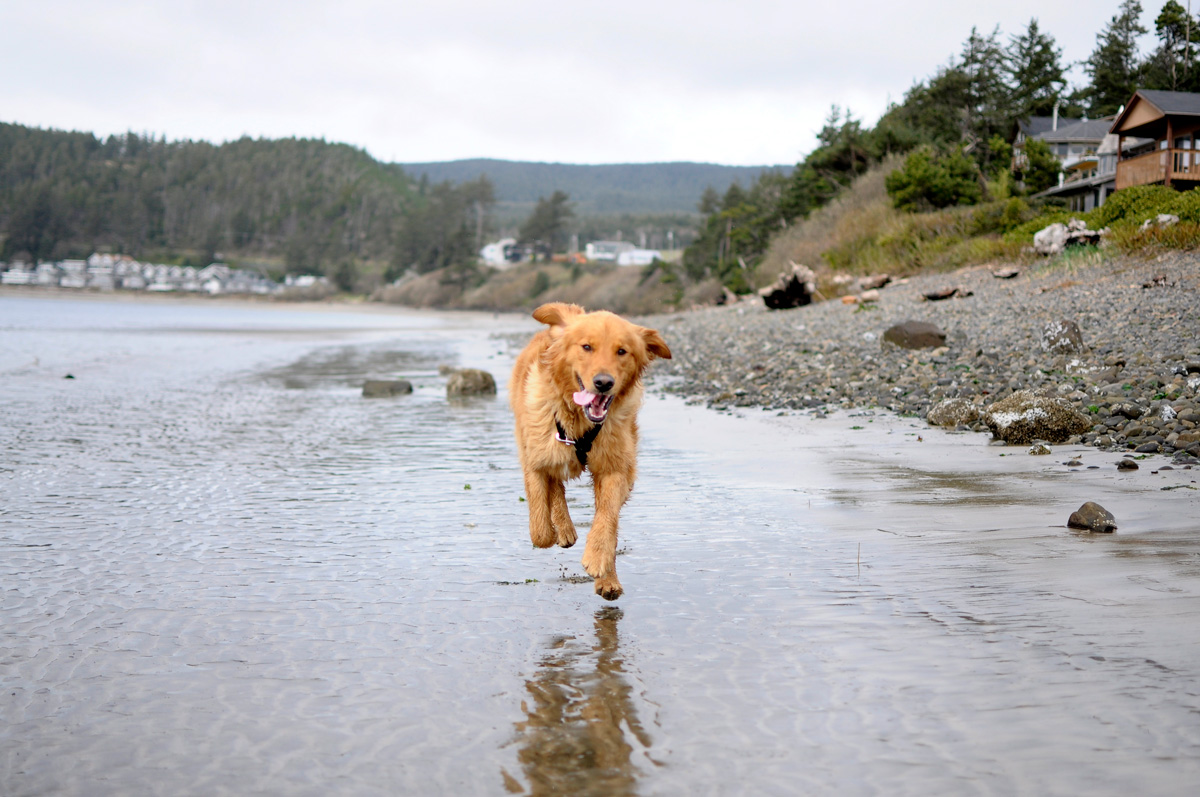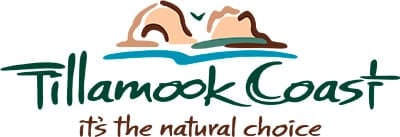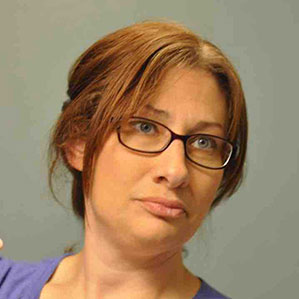Tillamook Coast Life Blog
Tillamook Coast resident to thank for access to beaches
Today, along the California coastline long stretches of privately-owned sand are enjoyed by the few who can afford their staggering purchase prices. The public beaches are congested with people and at peak seasons, securing a few feet of sand for a beach towel and umbrella requires planning and tactical coordination.
Travel north into Oregon and every one of the 363 rugged and breathtaking coastline miles is available to explore.
Tillamook Coast visitors and residents have the Oregon Legislature—including Pacific City resident and former Oregon Representative Paul Hanneman, 81, to thank.

Oregonians’ official freedom to their coast dates back to 1913 when Oregon Governor Oswald West (who today has a park named after him) signed a decree making the wet sand on Oregon’s beaches a public highway.
In the 1960’s, large businesses began pushing to purchase and privatize the dry sand area of Oregon’s beaches. By that time Oregonians, however, staunchly and fiercely valued their public outdoor playgrounds. Consequently momentum to keep Oregon’s beaches open for public use became the center stage topic in the Oregon legislature in 1967.
Amongst many questions arising were: where did the public beach end and private property begin, and how could law makers determine a definitive boundary line for the tempestuous and ever-changing coastline?
In 1967 when Oregon Governor Tom McCall signed House Bill 1601, known as The Oregon Beach Bill, it was a crucial first step to preserving the public spaces and defining a boundary.
The original bill needed serious adjustments and was called a temporary measure, according to Hanneman in his book, “The Inside Story: Oregon’s Beach and Bottle Bills.”
Hanneman served Tillamook County residents for 26 years. In 1964 he was a 28-year-old, newly married Pacific City fisherman when he became a state representative. Hanneman’s wife and two young sons grew accustomed to moving to Salem while the legislature was in session, he wrote.
Hanneman’s mark on history includes in part authoring Oregon’s Bottle Bill—the first bill in the nation to require a deposit and refund program for recyclable pop cans—and two long years as the chair of the committee responsible for refining and perfecting the 1967 Beach Bill.
Of these bills and their passage, Hanneman said, “History records them as “‘Firsts in the Nation.’ They were on my watch!”

Oregon’s coastline is incredibly diverse and finding legal definitions, “for determining the line between public and private ownership and the methods to be used to find a system that fit the entire ocean shore from Astoria to Brookings,” was a steep challenge, he said.
Hanneman and other state representatives from Oregon’s coastal counties had keen interest in passing legislation that would not adversely affect those who call the Oregon Coast their home. Legislators wanted to be certain to grant the public access to the beaches while preserving the businesses and livelihoods of the people living and working there.
House Bill 1601, Hanneman said, was problematic in part because it stated that the line between public and private land would be determined by elevation—16 feet, to be exact.
Hanneman wrote that he submitted photographic proof May 16, 1967 that using this definition would mean that several coastal cities, river deltas and tributaries would become public domain because they sat at near sea level.
It took two full years of studying maps, geographical coordinates and relying on engineering experts to finally determine the exact definitions and boundaries between Oregon’s public beaches and where private lands begin.

In the end, Hanneman wrote, “…the white sands of Oregon’s beaches would be preserved for the public, while private property would be protected as best we could.”
House Bill 1045, approved in 1969, is the version of the Beach Bill Oregonians know today. “The 1969 Beach Bill law has stood without significant amendments for 48 years!” Hanneman wrote.
Current day Oregonians are proud of their coastlines. Paul Hanneman is proud of his part to keep the beaches publicly accessible. Both the Beach and Bottle bills “are accepted as landmark legislation of the 20th century because they had, and still have an impact on such a wide spectrum of our population.”
Of his service during this critical time in Oregon history, Hanneman said, “I had the opportunity to be there! On the firing line!”

